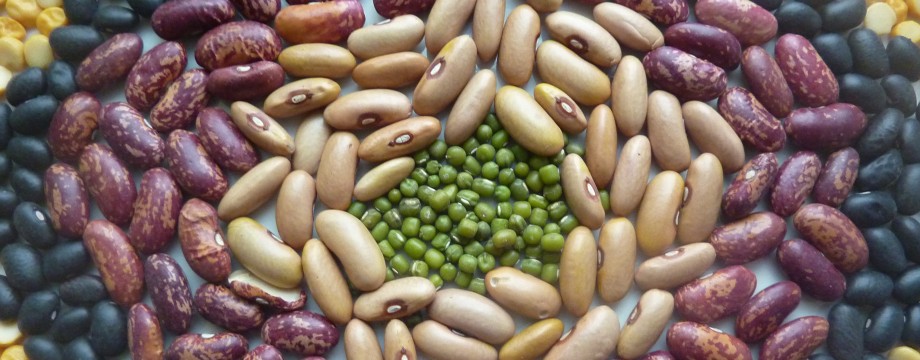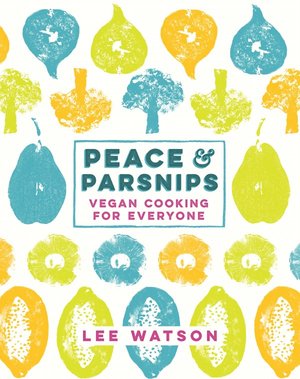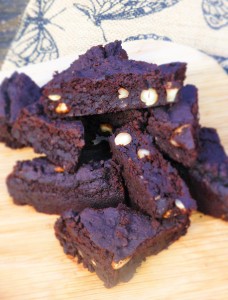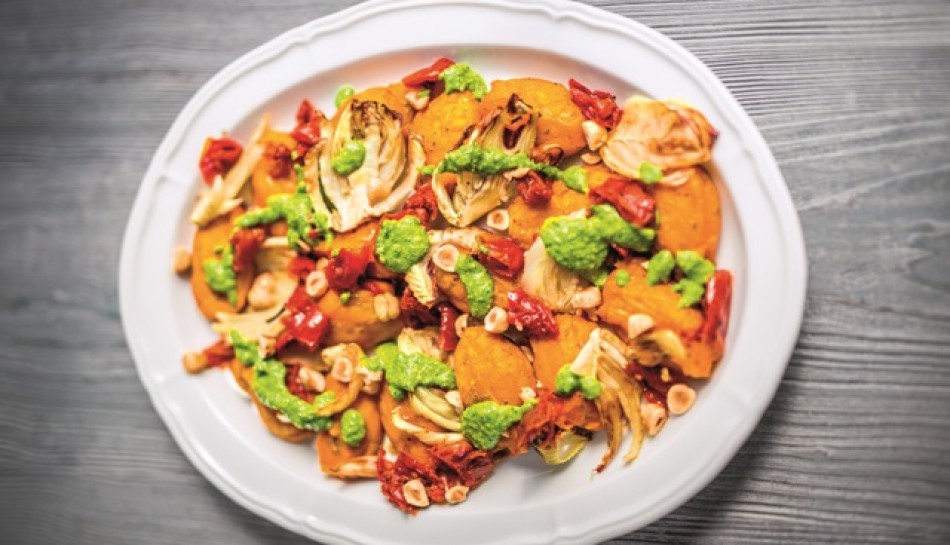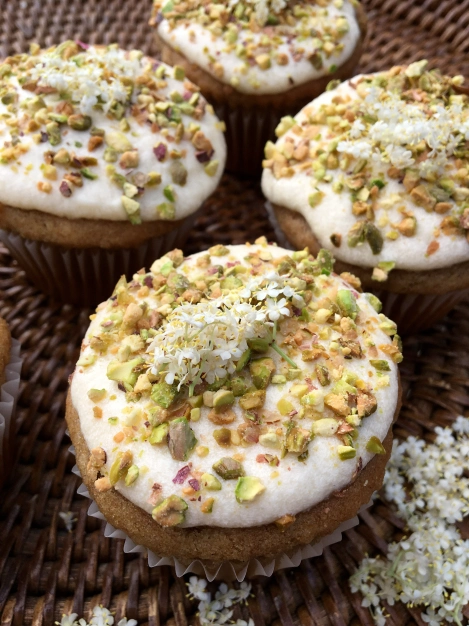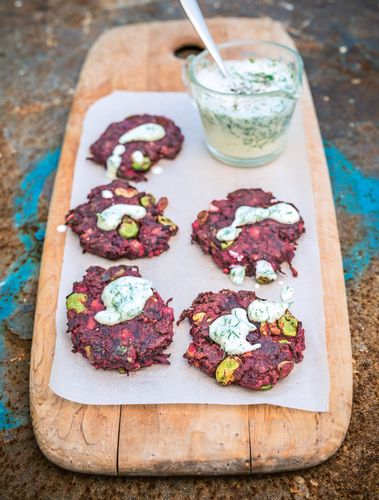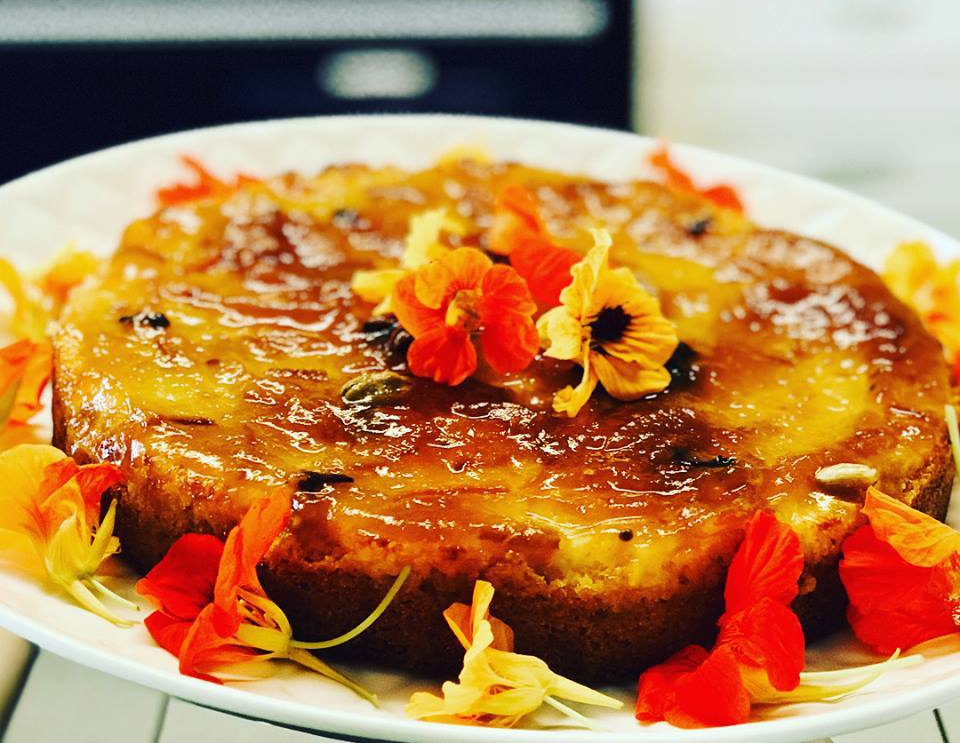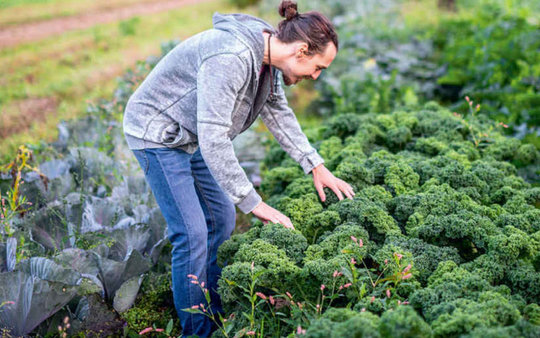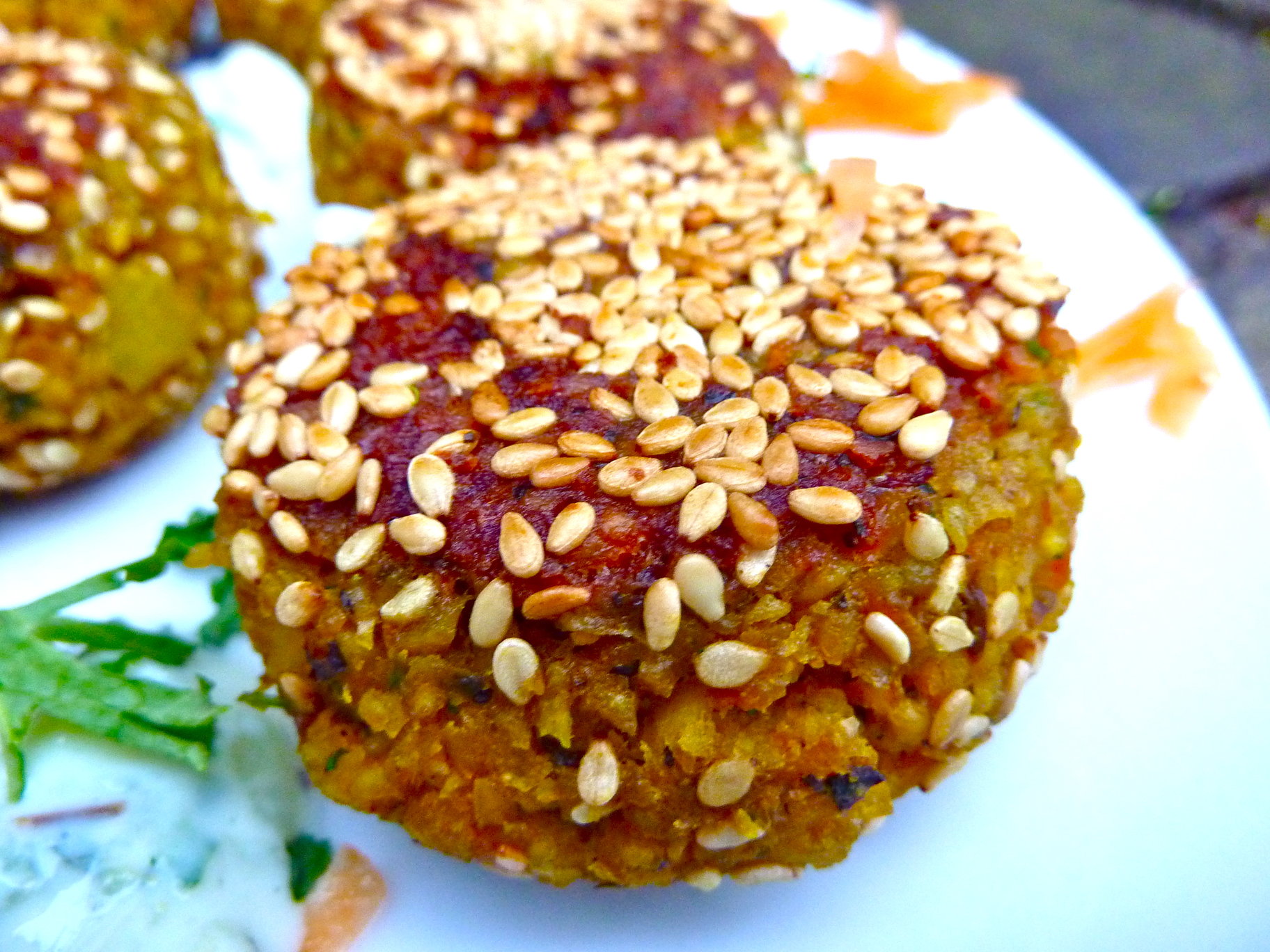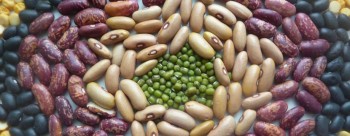
Just outside Porto Airport, the shells and yellow arrows began to appear. BHK on the Camino Portuguese ’19
“Camino! Camino!!” We made it!
Jane and I completed the Camino Portuguese this summer and would like to share with you our experience of being pilgrims; our pictures, the food we ate and the challenges we faced. There is way too much to say in one blog post, so there will be a few. Looking back, they were precious times and well worth a few words.
Arriving in the main square of Santiago de Compostela is one hell of an experience! The breath-taking cathedral complex, the general buzz and merriment of the joyful pilgrims, the sense of achievement and history that surrounds ‘El Camino’. It’s intoxicating, even before the Estrella Galicia’s are cracked! A fitting finale to the days, weeks, and sometimes, months of endurance and fortitude. We’d all started at different points, for different reasons. Pilgrims are attracted to these routes (or ‘caminos’) from all over the world; Japan, Peru, Slovenian, Cuba, USA, Korea, Mexico, are just a few of the nationalities we met.
Hundreds of thousands of pilgrims complete the minimum four days walking per year and all routes finish at this point, outside the ornate facade of the cathedral, built over the tombs of the apostle St James. Pilgrims have been gathering here, celebrating and venerating, since the early middle ages. Back then, being a pilgrim was fraught with dangers and was undertaken as an act of penance and religious devotion. It’s a little different now.

A waymarker in the middle of a forest. You see a lot of scallop shells on the Camino, traditionally used as a small bowl for offerings, eating or drinking. It is mainly used now as an unorthodox wine glass!
Pilgrims pour through the narrow streets of the cities old town, past the ancient churches and inns, to see their first glimpse of the cathedral towers in the clear blue skies, it’s an emotionally charged experience. It’s a carnival of battered walking boots, lycra shorts and limps. There are bagpipes whining (a Galician staple), Ecuadorian missionaries singing songs with guitars, dreadlocked dudes meditating, Spanish kids tearing into the square barefooted (many pilgrims choose to walk the last day barefooted). Most pilgrims are strooned out in the sun like lizards, propped up on colourful backpacks, staring off into space, halfway between exhaustion and elation. No beatific, blister induced epiphanies going on here, just mild forms of sunstroke/ dehydration.
This is July and the shadeless square is like a pizza oven, +30oC and counting. Those medieval architects were not into parasols and pina coladas, they had the divine on their mind. Mingling in this multitude are streams of tourists snapping selfies, looking well showered and shaven. To the pilgrims, they seem like people who’ve got a free ticket to the best gig in the world (and have never heard of the band).
We’ve all followed many little yellow arrows over mountains, along coastlines, through vast plains and cities, all imagining what the end would look like. How we’d feel when the walking is over, like a stylus leaving a well loved record. Pilgrims leap, pilgrims sing and for most, there is a sense somewhere within that we’re glad it’s all over, but we can’t wait to do it all again! Or was that just me!!

Jane still had some energy! Santiago de Compostela Cathedral
Being a pilgrim for a while is a way of life I’d recommend, if you’re looking for something, you might find it by walking the old pilgrim trails of Spain and France (some stretch all the way across Europe). A good, old-fashioned long walk can make all the difference, a one-way ticket out of the daily grind. There are sprinkles of magic out there, somewhere in-between the blisters, bunk beds and crescendos of snoring hikers, you’re sure to find some peace of mind and a good slice of soul.
Walking the Camino from Porto to Santiago de Compostela was a kaleidoscope of vivid and beautiful scenery, a glorious patchwork of people, from the quixotic to the capitalistic, the righteous to the rogue. There were churches and challenges galore, not to mention many laughs, fragrant fields and feet. We both had no expectations, we had just walked most of the demanding Rota Vicentina skirting the very South West of Portugal, with it’s precipitous coastlines, raging winds, mad surfers and quaint villages. We felt fairly confident we could have a crack at the less arduous Camino and enjoy it. We were in good fettle, could take it a little easier and just cruise. We loved the pilgrim lifestyle, focused on walking and nature, exploring different terrains and trails. There is a liberating rhythm to it. It’s an empowering way to see the world, to arrive on your own steam, carrying all you need on your back. It’s a little taste of freedom.

Pilgrim plate! We cooked most of our food on the Camino. We always carry herbs, spices, knives, a chopping board etc. It means the BHK is a mobile, moveable feast!!
I loved cooking in the hostels and the host of weird and wonderful kitchens we stumbled upon, generally basic, sometimes indoors, but with one constant, stunning local produce. Vegan food is a little off-piste for most local restaurants, so we focused on hearty homemade dishes, heavy on the veg. If you’re a vegan and you don’t want to eat bread and bananas 24/7, it’s worth planning a little before you set off. Make sure you’re ready to do some cooking. Pack a grater. A peeler?
Portugal, and latterly Galicia, know how to garden and grow! It’s a plant-based paradise down there. The Camino is regularly flanked by family owned fields of various produce, poly-tunnels and little veg patches, most gardens in houses are filled with fruit and vegetables. Large scale agriculture is rare. Corn, grapes, nuts, berries, tomatoes, leeks, olives and lots of potatoes. Official organic farms are rapidly growing in number. In the South especially, we saw many idyllic, self-sustained places tucked away in the valleys. It seems mainly elderly couples tend to the small plots, pulling old rickety carts filled with potatoes over cobbled streets, many driveways are covered with garlands of onions drying out in the sun. I’ve rarely seen this before in my travels, a country so dedicated and skilled at growing their own. It’s very exciting for a meandering vegan cook! Whets the wandering appetite.

A rural garden beside the Camino Portuguese, filled with fruit and veg. Notice the ‘verde’ growing in the foreground. These are juvenile versions!
On your vegan ventures, you will find the ubiquitous Caldo Verde lifeline everywhere. It’s more than a soup, it’s a national treasure in Portugal. It’s a bowlful of vegan blessings (sometimes served with cornbread.) A nourishing bowl of pureed potato and collards. Light on the pocket and heavy in the belly, ideal pilgrim potage. It’s easy to make at home, I’ll post a recipe soon. Almost every garden is bordered by funny looking plant protrusions, like baldy broccoli on steroids. This is the ‘verde’ in your ‘caldo’. They are trained collard plants, leaves picked with precision, to grow tall, like kale palm trees swaying in the sunshine. I still have no idea why they do this? Any ideas?
VEGANS! Always order your Caldo Verde without the sausage surprises. You never know when they’ll rear their fatty heads. The combination of potato (great fuel) and dark collards (loaded with vitamins and good stuff), a drizzle of olive oil and you’re looking at a decent lunch for a couple of euros. It’s also served in Galicia. We normally love a simple potato and leek soup in the Welsh wintertime, but this year, we’re adding some greenery.

A particularly good Caldo Verde, on the Camino Portuguese. CV, olives, bread, fruits and nuts. Perfect pilgrim fuel (tasty too;)
People walk the Camino for a variety of reasons, we had none. Many of the best things I’ve done in my life have been without a reason. It is a popular topic for conversation along the way, “Why are you walking?” I just know that it felt right and Jane liked it too. With no reasons and few expectations, the door was open for us to just experience what was happening, step by step, until we got to shake hands with old St James. He who brought Christianity to the Iberian Peninsula, a right hand man of Jesus.
We met many people going through big life changes and being on the camino, with a large group of generally disparate, yet supportive people, does seem to help and inspire. Bringing objectivity and clarity. Must be all that fresh air! Even though sometimes you’re walking alone on the trail, it never really feels like you’re alone. You’re part of something greater and there is a bubble of acceptance and kindness that is palpable. You’re following in some pretty big and often saintly footsteps. That alone is humbling and makes this no ordinary stroll in the countryside. Walking everyday, with a shared purpose, means that your fellow pilgrims become a mobile community. A gang of sweaty seekers.
The trail is flanked by historical niches, shrines and atmospheric churches, all immaculately maintained, with small candles flickering and a sense of piety in full flow. Some roads are Roman by design, the worn rocks bearing the marks of millions of pilgrims through the ages. Smiles are easily found and horns are peeped, “Buen Camino/ Bom Camino!!” is a phrase that echoes throughout the day as locals and passers by wish you the best. Experiencing the reverence that many locals had for the whole pilgrim game changed something deep in my waters. As it has no doubt changed many folks at levels unknowable, a shared spirit on the myriad routes that lead to Santiago.

Let the yellow arrows lead the way. The Portuguese Way is well ‘arrowed’ making it difficult to lose your way (unless you want to)
There are three main reasons for walking the camino, religious, spiritual or other. At least they’re the options you have to tick on the check in cards at the government ran hostel (the cheap ones where you get the full Camino experience; a reasonable amount of snoring, sweaty boots, disposable bedding and an acceptable level of discomfort). Pilgrimages are not meant to be 5 star!
Getting out of our comfort zones was something we were expecting and quite looking forward to. That comfort zone is a cold-blooded killer of zest, verve and vitality. If life is one long camino, from ignorance to eventual enlightenment, surely, we’ve got to get off the couch! Get out there into the world, start a journey, an adventure, embrace the unknowable outcome. These camino-style wanders seem like a ideal launch pad for such intentions.
Generally, when you travel like we have around the world, namely on a flimsy budget, off-piste and rough round the edges, most of the camino hostels were actually pretty comfy. Especially when you consider you’re paying 5-7 euros per night and are only there for a quick kip, shower and the joys of hand washing one’s smalls in outdoor sinks. Al fresco, armed with underwear. Actually, some hostels have washing machines. Free of charge. There are also more up-market options if sleep depravation and communal showers are not your bag. But…

The coastal route of the Camino Portuguese begins with many small villages and then a long walk by the seaside!
The Camino Portuguese should be 260km, but we were wanton meanders, we took our time, we explored some nooks and crannies. Many pilgrims leave at 6am on the nose, we took it easier, it was a holiday after all! Leisurely breakfast and we were happy to be out and on the trail by 9am. Most days were flexible from a distance point of view, you could walk for a few hours or really push on for as long as you like. The average day is probably about 20-25 kms.
We were lucky in the sense that we had no real time constraints, so we just wandered and picnic’d as we saw fit. It was always nice to see fellow stragglers tucked away in the woods having a packed lunch, or having a dip in a stream, a beer at noon in a small cafe. We gradually formed a group of strays with a shared pace on the camino, it might not have been with the traditional pilgrim zeal but it was about experiencing a distinct way of life and viewing the world at a relaxed rate of knots. Going at our own pace, taking in a fuller experience of where we were, and why not! Where we were was regularly beautiful. I’m not one for routines as such, but the Camino did work it’s magic on me. I got into a good groove.

Plant-based pilgrims!! Jane and I taking a stroll in some old vineyards.
If you enjoyed this, there will be a Pt. 2 soon. Probably less of a ramble, more details and how we nearly didn’t make it!!

It’s not all wide open spaces, there are lots of towns and cities to navigate along the way. Vigo, Portuguese Way (Caminho Portuguese)
More Vegan on the Road here, our travels around the beautiful regions of Andalucia
